River tubing can be a roller coaster ride of thrill and excitement as well as relaxation. But having the proper equipment is what really makes or breaks your experience.
Disclaimer: This post contains affiliate links. That means that I may receive a commission from the products I’ve linked below if you purchase any, at no extra cost to you. I have shared these links because I truly love these products and believe you will too. Thank you for your support!
Have you ever found yourself upstream without a paddle? This popular adage is rather fitting for describing what river tubing is like when you’re ill-prepared for it. Keep reading to learn more about what the must-haves, might-wants, and extra tips are for river tubing.
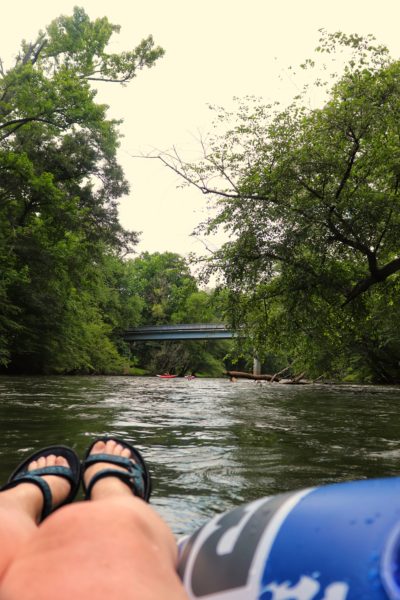
Download my FREE Tubing Checklist when you join the Exploring Chatt Club!
River Tubing
Obviously, if you plan to go river tubing, the first thing you’ll need is a tube. There are many tubes on the market but not all tubes are created equal. If your tubing plans are down a river or creek with small rapids, you’ll want to be sure to get a tube suited for sliding over rocks. Your cheap pool floaty will not stand up to this.
River Tube
I use the Intex River Run I and highly recommend it. I’ve used it twice now going down the Ocoee River and never had any issues with it. It hasn’t sprung a leak and it’s easy to inflate and deflate. Another bonus is that each float comes equipped with connecting clasps. So, when you go tubing with friends, everyone can hook together and not get lost from the group.
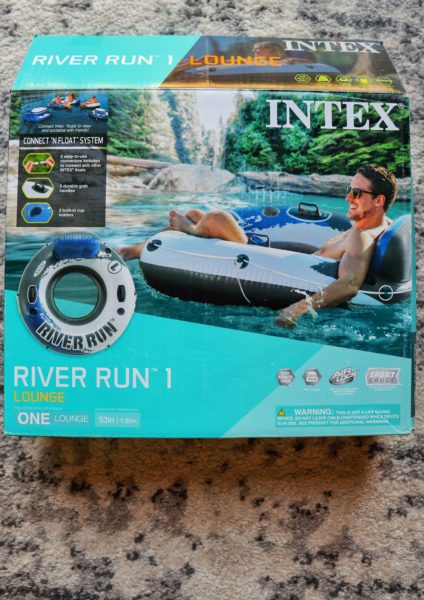
If you are looking at other options, I suggest looking for something that’s large. I have seen smaller river tubes before, but they always flip people over because of their size. I recommend something big like the Intex River Run I to make sure you’re stable as you navigate river obstacles.
Waterproof Accessories
The next thing I recommend are waterproof accessories. A couple of my must-haves are the waterproof fanny pack and floating wrist straps.
Waterproof Fanny Pack
I got these waterproof fanny packs on amazon in a pack of two for really cheap. You’ll need something to keep your car keys in and possibly a wallet and cell phone. Having a waterproof fanny pack ensures your stuff is kept dry, easily accessible, secure, and out of the way while you’re tubing down the river.
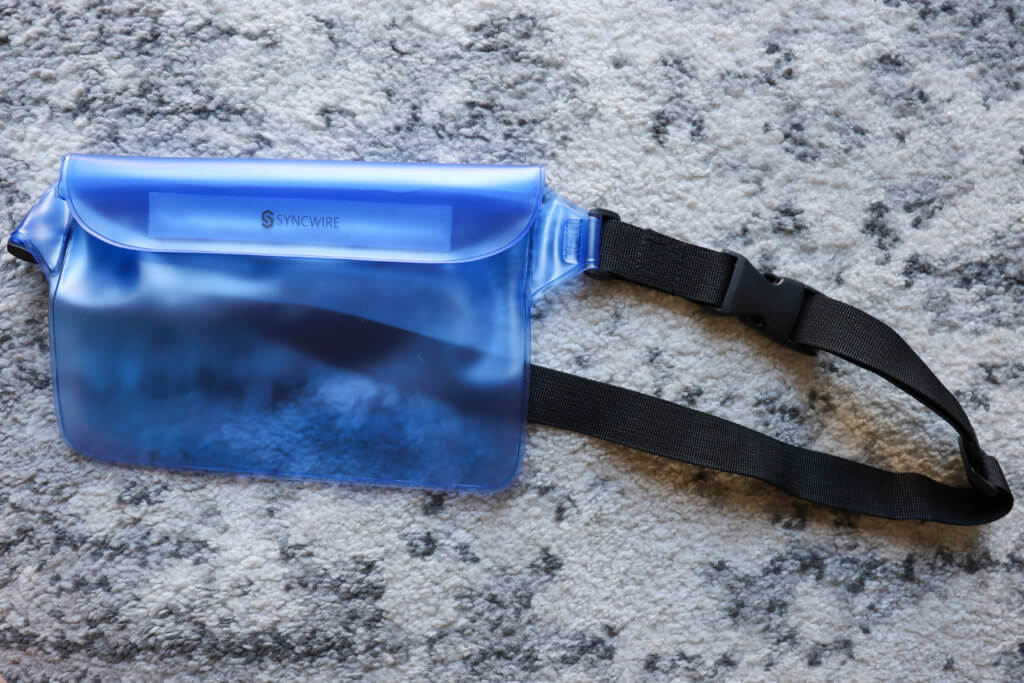
Floating Wrist Strap
I also got these floating wrist straps in a two pack on Amazon. These are for extra security if you plan to have your phone or a waterproof camera out. It will keep the device from sinking in case it falls in. Just be sure to verify the weight limits before relying fully on the security of this item. Some cell phones and cameras may exceed the weight limit this float can keep above the water.
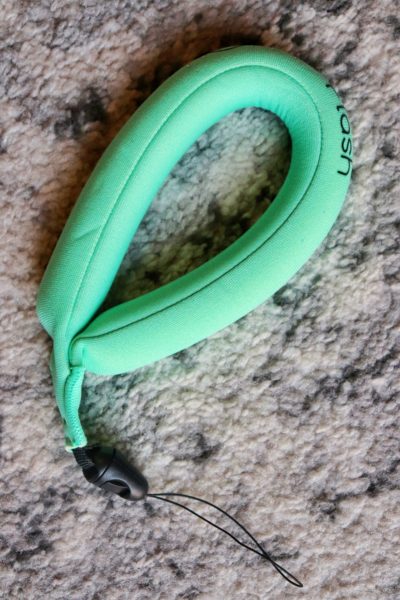
Waterproof Phone Case
In addition to this, I also bought a cheap waterproof phone case from amazon. Despite the low price, it works well, and I never had an issue with it. Even though my phone is technically waterproof, I still wanted a little extra security just in case.

Download my FREE Tubing Checklist when you join the Exploring Chatt Club!
Tubing Attachments
Not everything will fit in your fanny pack and the beautiful thing about tubing is that you can float things too. Grab some carabiners and attach your water bottles, floating cooler, dry bag, whatever other items you need to enjoy a day tubing down the river.
Carabiners
Carabiners make it easy to keep your items attached and easily detach them as needed. They’re also affordable and you never know what else you might use them for.
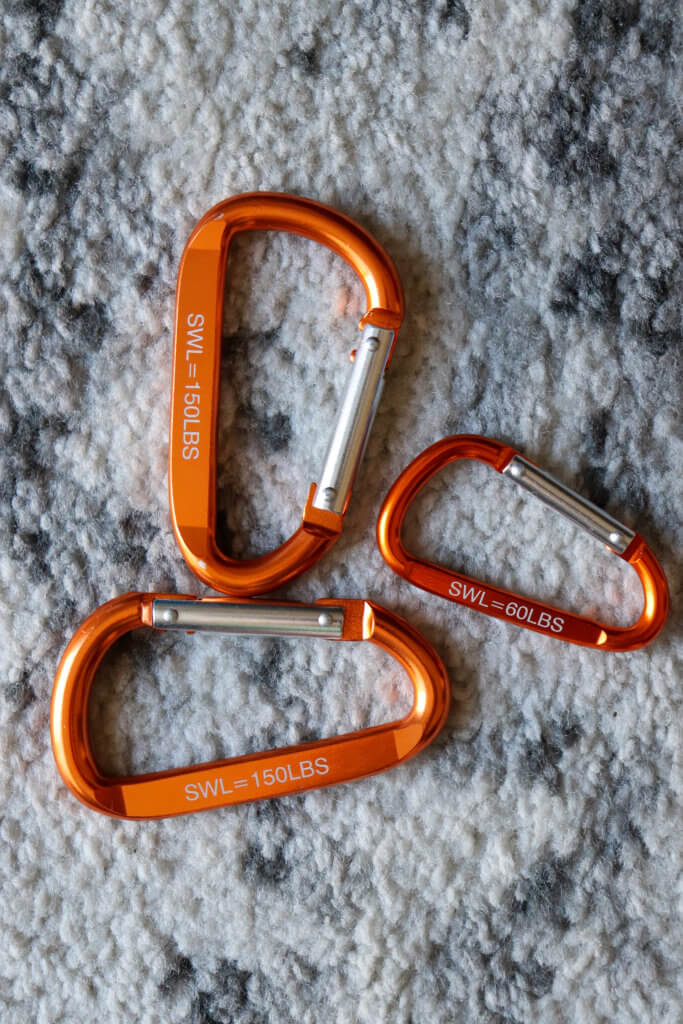
Water Bottles
I have used Nalgene water bottles daily for years and cannot recommend them enough. If they can withstand being dropped on concrete hundreds of times (speaking from experience cause I’m clumsy), then they can withstand a turbulent float down the river. Simply attach them to your float using a carabiner through the lid loop and you’re all set to go!

Floating Cooler
Intex also makes floating coolers that attach to the floats in the same way the tubes can connect together. I have not tried this product yet but considering the quality and performance of the river tubes, I expect the cooler to be the same. However, if you’re planning a more thrilling ride down a river with small rapids, I don’t suggest relying on this. I believe it performs better in calmer water.
Dry Bag
If you still need to bring snacks on a rapid river, I suggest getting this dry bag. It’s cheap and although not submersible waterproof, it will still keep your stuff afloat. I suggest not putting anything that you do not want getting wet inside. This bag is designed to withstand rain, not river water. A little water will splash inside (speaking from experience) so things like towels and clothes do not do well here. Instead, keep your snacks in waterproof containers and use this dry bag as a means to keep them all together and floating down river with you.
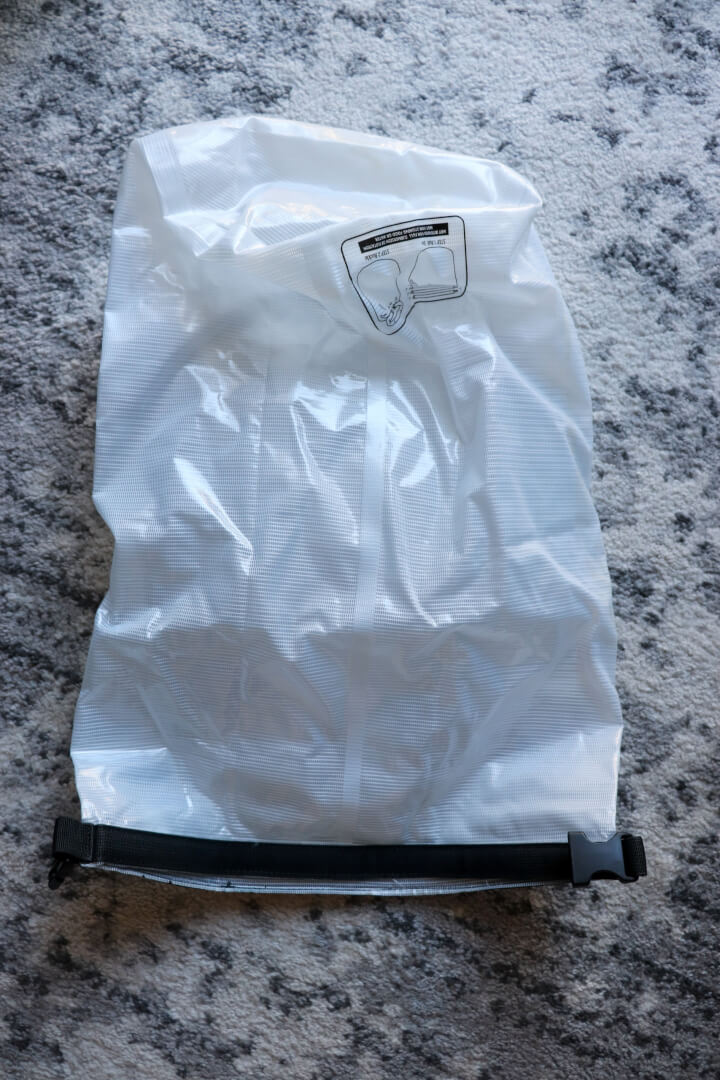
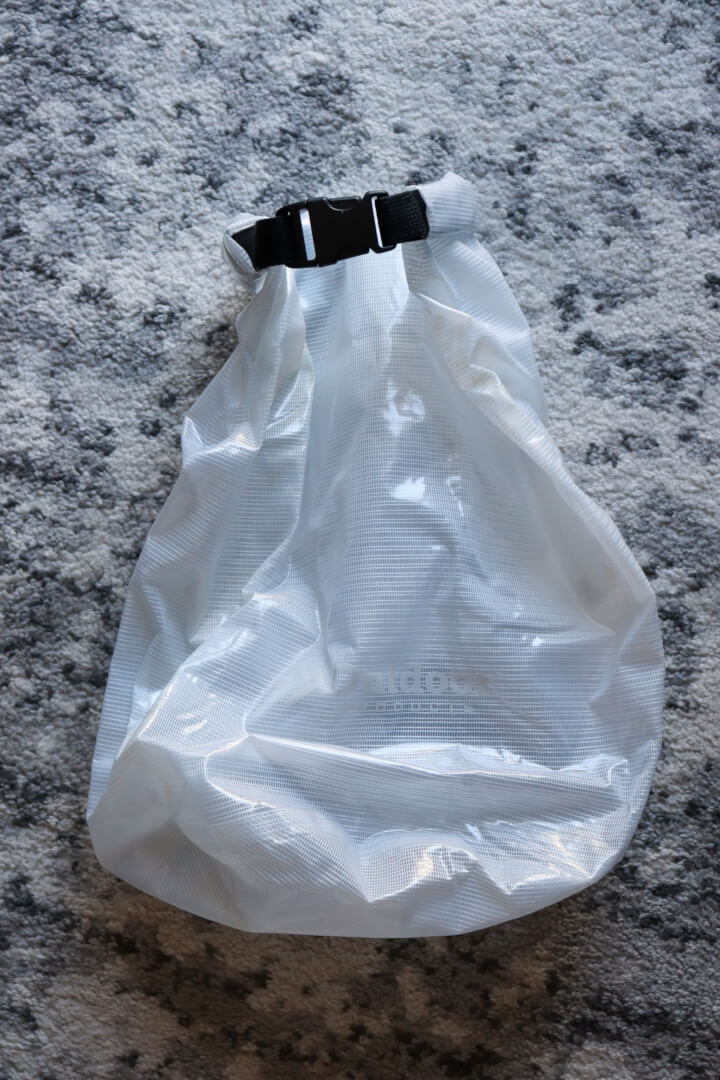
Download my FREE Tubing Checklist when you join the Exploring Chatt Club!
Additional Equipment
Rope
Although not entirely necessary, these items you might find beneficial. Depending on where you’re tubing, you might consider grabbing some rope. I suggest this marine utility line. You never know when this versatile tool will come in handy. It can be thrown to help pull someone in or tie it around a tree as a way to anchor you or pull you in at the exit point. These are just a few of the many uses for this marine utility line. I got mine cheap at Walmart. There’s varying lengths and strengths. I went with the 5/16 inch by 50 feet with a working load limit of 195 pounds. And although I haven’t used it yet, I know I will soon.
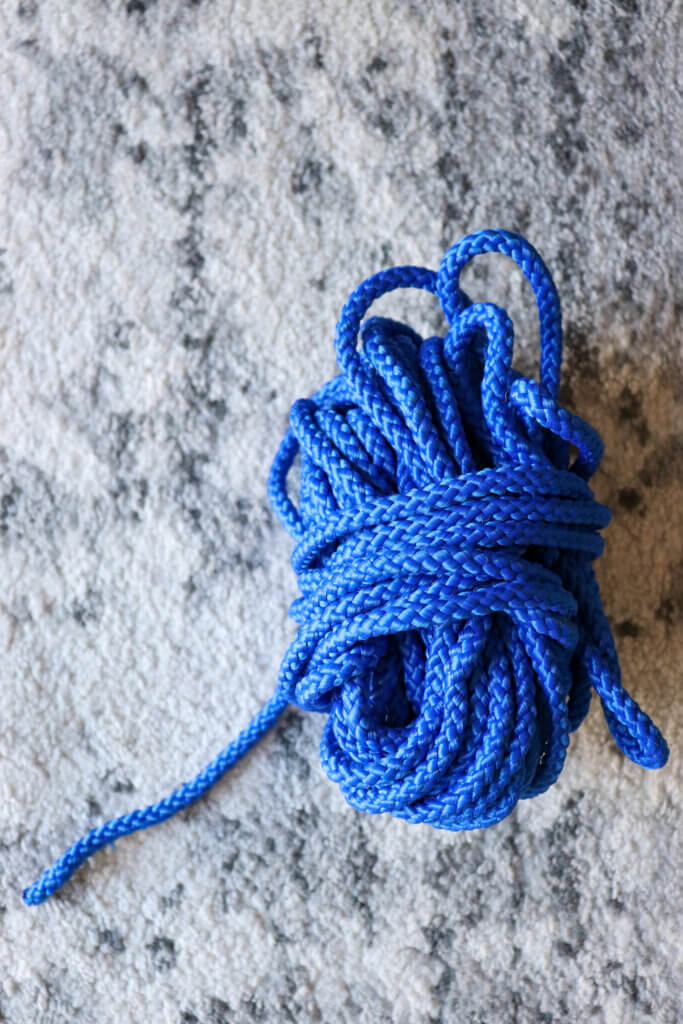
Paddle
Another extra you might consider is an emergency telescoping paddle. These paddles are short and collapsible, designed to be stored for emergencies on a water vessel. But when you’re tubing, you need a short paddle, so these are perfect. I will advise, don’t rely on the paddle for your tubing navigation. River tubing relies solely on the course the river takes you. Even with a paddle, you will still have very little control over where you end up. However, this emergency telescoping paddle is a lot less exhausting than paddling with your hands as you try to avoid obstacles you see in the distance.
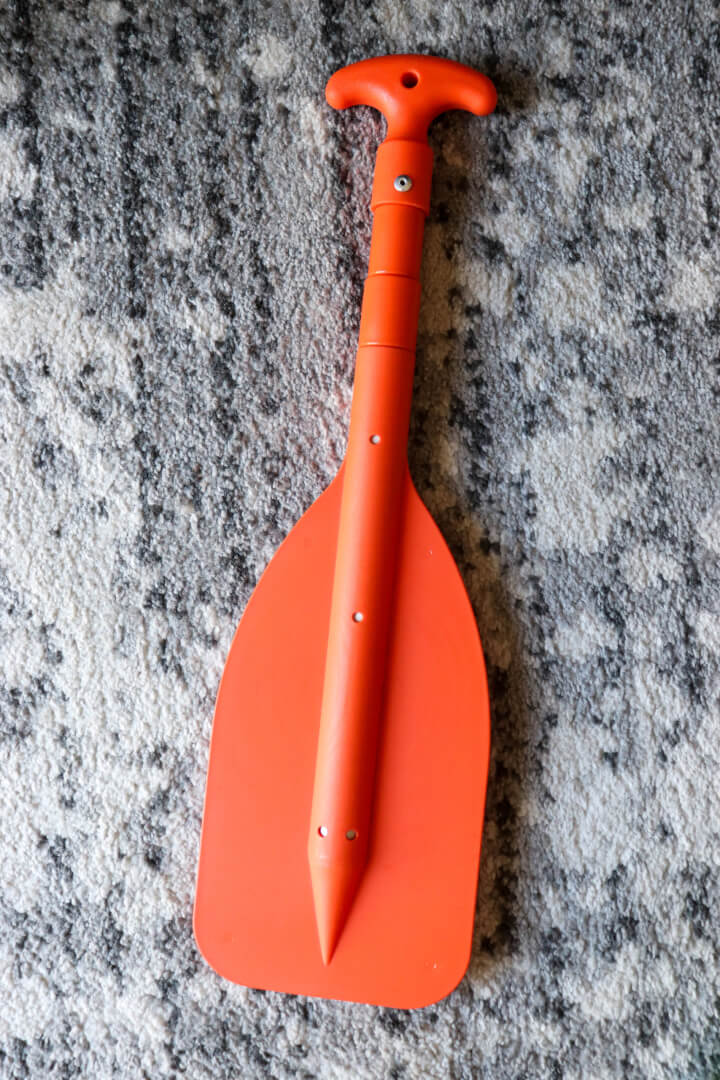
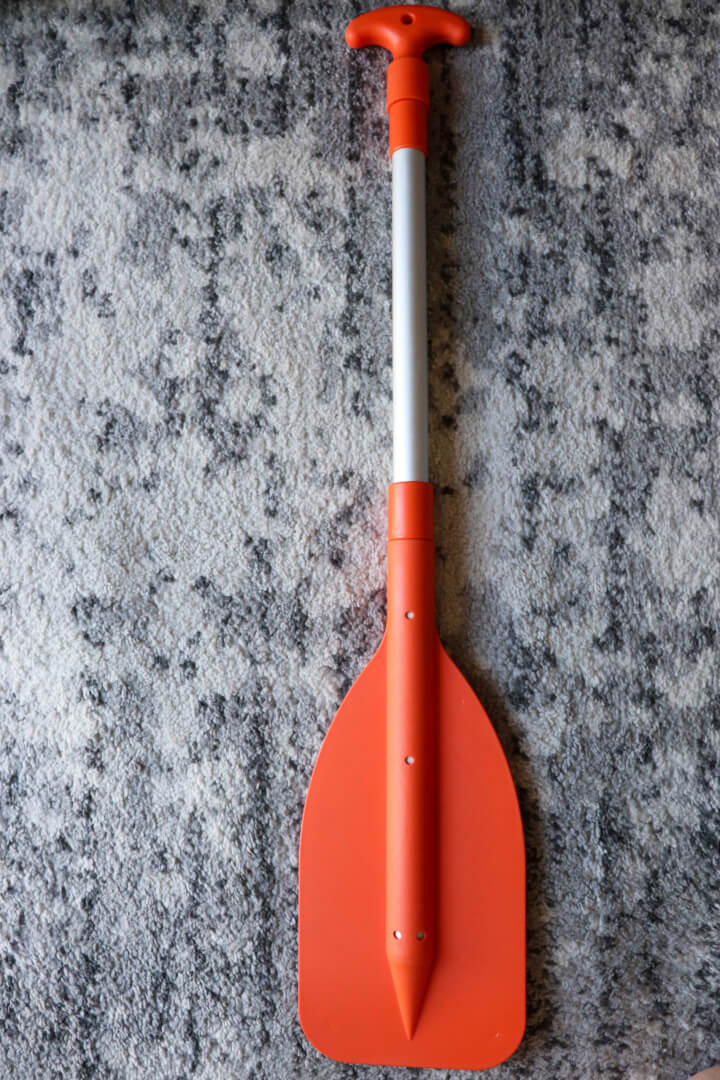
Dress For the Adventure of Tubing
Appropriate Clothing
First, make sure you’re dressed for the water. Remember that you’ll be lying in direct sunlight for about 4 or more hours. I would suggest wearing more than just a swimsuit for added sun protection. Reapplying sunscreen won’t be possible on the river because you’ll be wet.
Sunscreen
Speaking of sunscreen, don’t forget to add it to the front of your legs, your feet, your arms, and your face. Again, you’ll be lying on your back, facing the sun, so be sure to cover everything that will come in contact with the sunrays.
Hat
In addition to this, make sure you have a baseball hat for extra sun protection. This will also come in handy if it starts to rain, which happened to me the first time I went tubing. Rainwater gets in your eyes more while tubing if you don’t have a hat, so I highly suggest it. Plus, it will keep the sun out of your eyes and better protect your face since you won’t be able to reapply sunscreen. I tried using a full brim style hat last time I went tubing and discovered it doesn’t work. The brim in the back gets pushed forward by the life jacket and tube pillow. In turn the hat gets pushed down over your face and you can’t see! I recommend getting a hat that will just protect your face and not a full brim.
Shoes
Also be sure to wear water shoes. You never know when you’ll have to get out and walk on slippery or pointy rocks submerged in the water. Plus, the walk back to your vehicle will either be hot asphalt or rough gravel. Wearing shoes that are comfortable in the water is the best way to protect your feet as you transition from land to water and back.
Download my FREE Tubing Checklist when you join the Exploring Chatt Club!
Tubing Safety
Last but not least, safety is key. Although fun, river tubing can lead to you bouncing out of the tube (although I have yet to experience this) and if you do, you’ll definitely want to have a life jacket on. Depending on the location where you’re tubing, most likely the water is flowing fast, there will be small rapids, and submerged rocks can all contribute to drowning. Wearing a life jacket will keep you worry-free. There’s no need to panic when you don’t have to worry about swimming. Just focus on keeping your head above water and getting back on your float or over to shore.
I honestly did not wear a life jacket the first couple of times I went tubing. Because I believe myself to be a strong swimmer and unlikely to fall out of the tube. However, I have concluded that this is an unsafe approach, and I will be wearing one from now on. I’d rather have a life jacket on and not need it than to have an unexpected event leading to injury or death.
Although Tennessee state laws do not mention river tubing, it is required by law to have a life jacket onboard and easily accessible if you’re kayaking, canoeing, or stand-up paddleboarding.
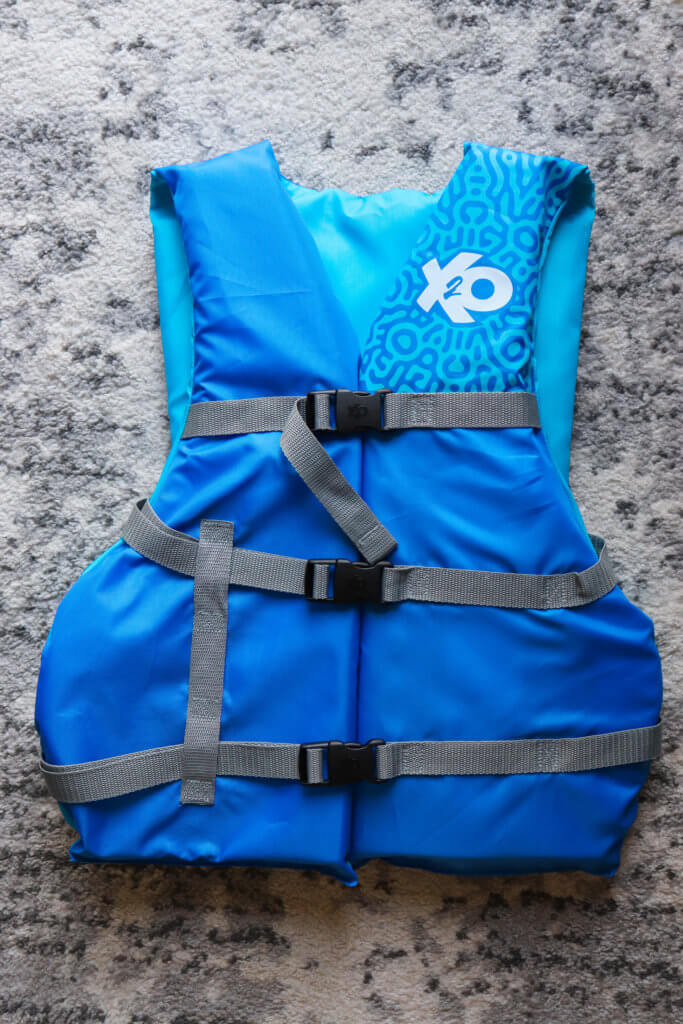
More Tubing Tips
More Tubing Tips
Some tubes say not to inflate with an electric pump, but if you’re careful, you can easily do this. I use my air mattress pump which fits perfectly for filling it up. And bonus, it has a car adapter so you can inflate on site instead of taking up car space with an already inflated tube.
Water and Food
Always be prepared with plenty of water and food. Some tubing adventures can take numerous hours to complete. You never know how long you’ll be on the water. A common issue is people getting dehydrated while tubing. Floating in water for a long period of time can give you a false sense of hydration. But in reality, the heat of the sun will dehydrate you quicker than you’ll notice. Always make sure you drink plenty of water while you’re out tubing. I always take at least two Nalgene water bottles with me to make sure I have enough.
Towel and Change of Clothes
Always pack a towel and change of clothes to leave in your vehicle for after the tubing trip. There’s no need to bring these items on the river with you. Simply leave them in the exit point vehicle to use when you get out.
Two Vehicles
Which brings me to my next point, always have at least two vehicles. You will need one vehicle left at the exit point and drive one to the put-in. When you finish tubing you can drive back to the put-in vehicle.
For this reason, I highly suggest getting a group of friends and family together to enjoy this activity. That way you can have enough vehicles and help to make the fun more enjoyable. You can stay connected as you go downstream, and you can all help each other easier if problems arise. River tubing is an adventure you should never do alone.
Conclusion
I hope this helps you plan to tackle river tubing on your own. It may seem a bit daunting, but the activity really is easy and fun. Here’s a great place to start tubing in Chattanooga if you’re looking for a location.
And here’s the list of items I mentioned in this post to add to your shopping list:
- Intex River Run I
- Intex Floating Coolers
- Waterproof Fanny Packs
- Floating Wrist Straps
- Waterproof Phone Case
- Carabiners
- Nalgene Water Bottles
- Dry Bag
- Marine Utility Line
- Emergency Telescoping Paddle
- Life Jacket
Download my FREE Tubing Checklist when you join the Exploring Chatt Club!
Be sure to watch the video where I share a more in-depth view of how each of these items performs. And let me know in the comments if you found any additional items to be of use while tubing. Until next time, enjoy exploring Chatt!

Where to Go River Tubing Near Chattanooga
- Lower Ocoee -calmer waters
- Hiwassee -thrilling rapids

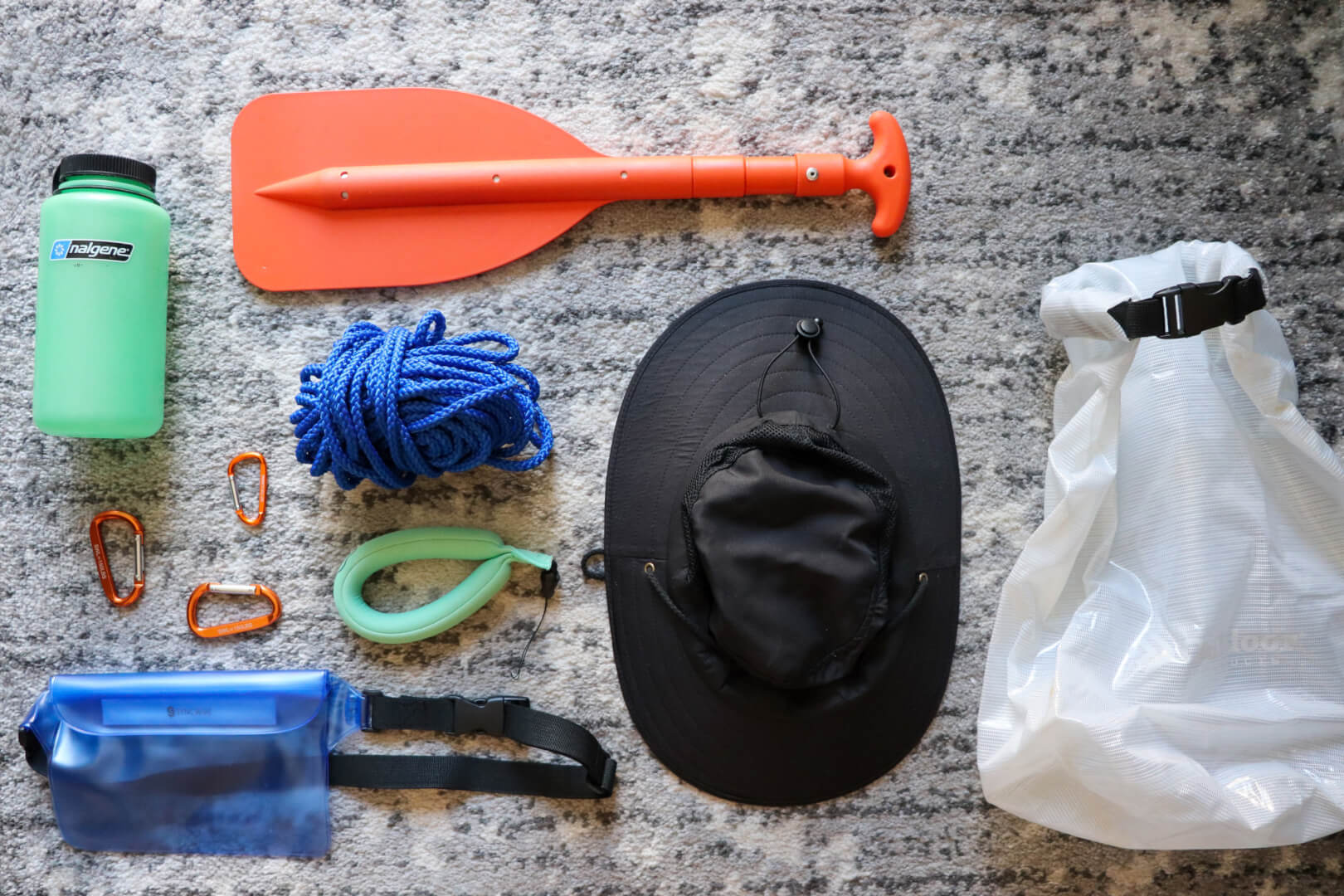
Leave a Reply